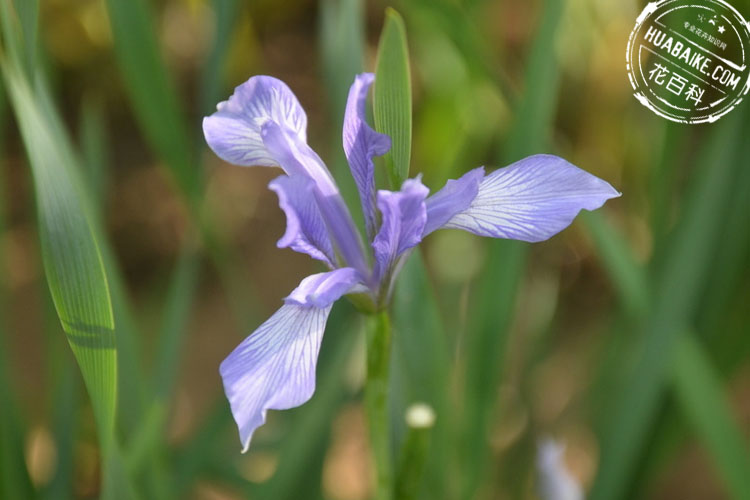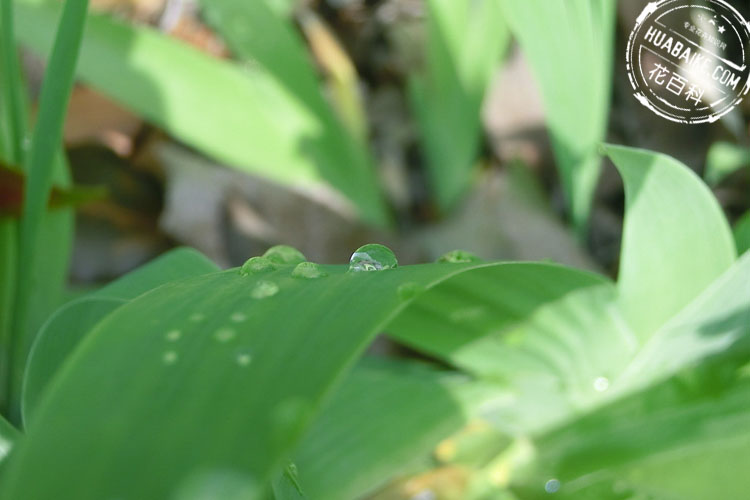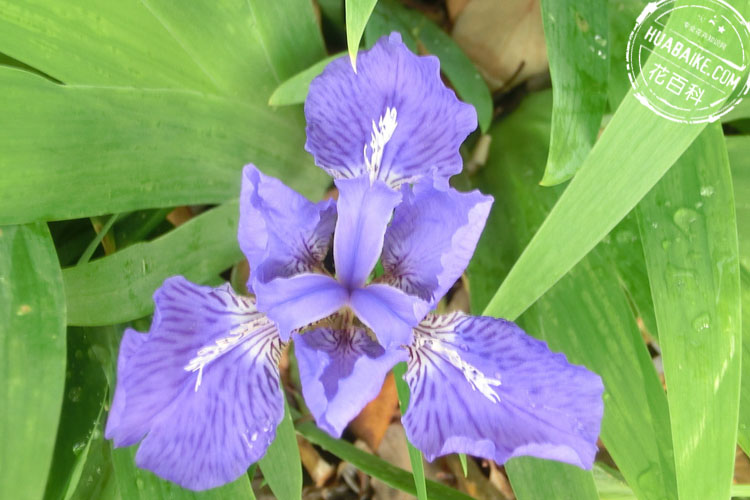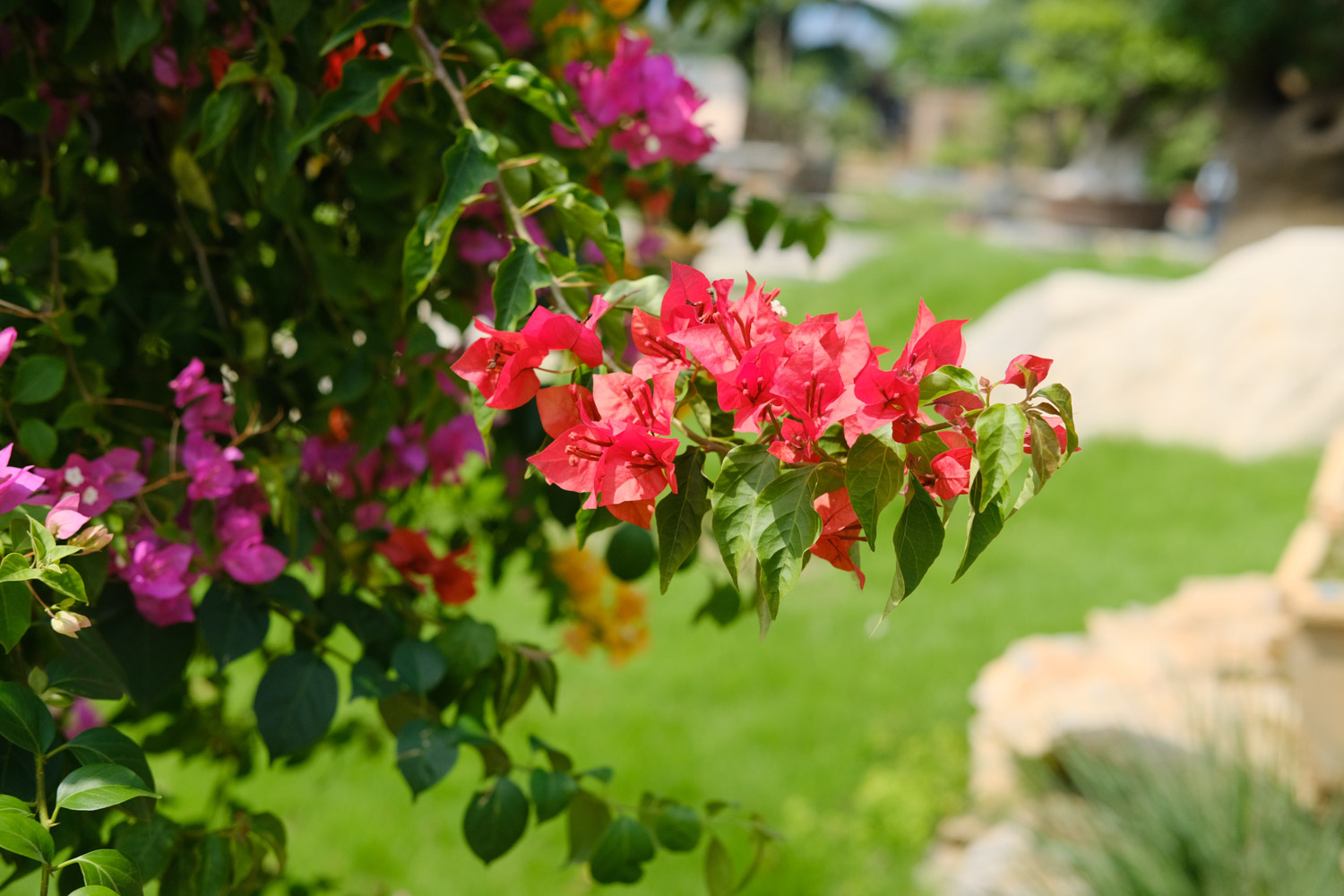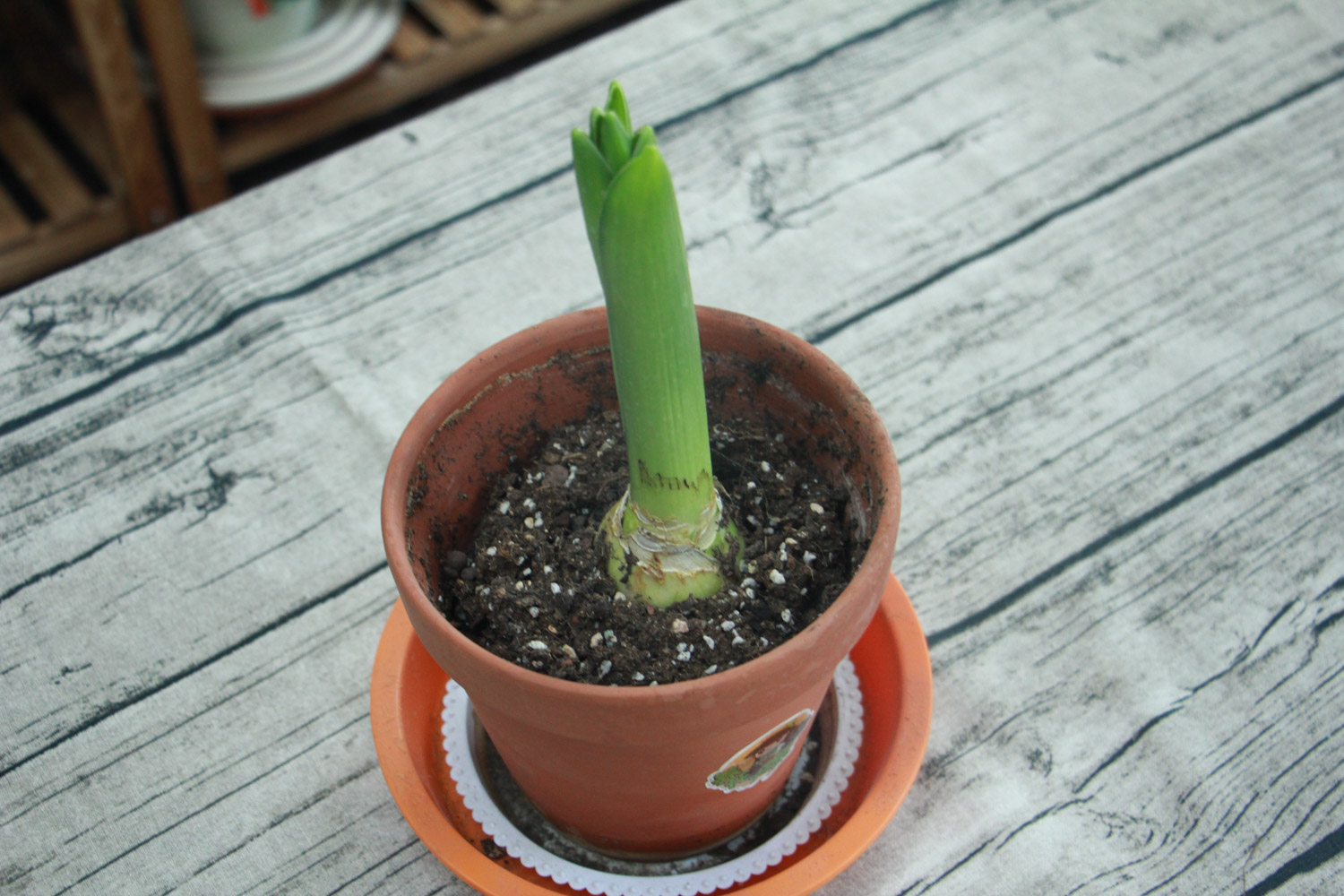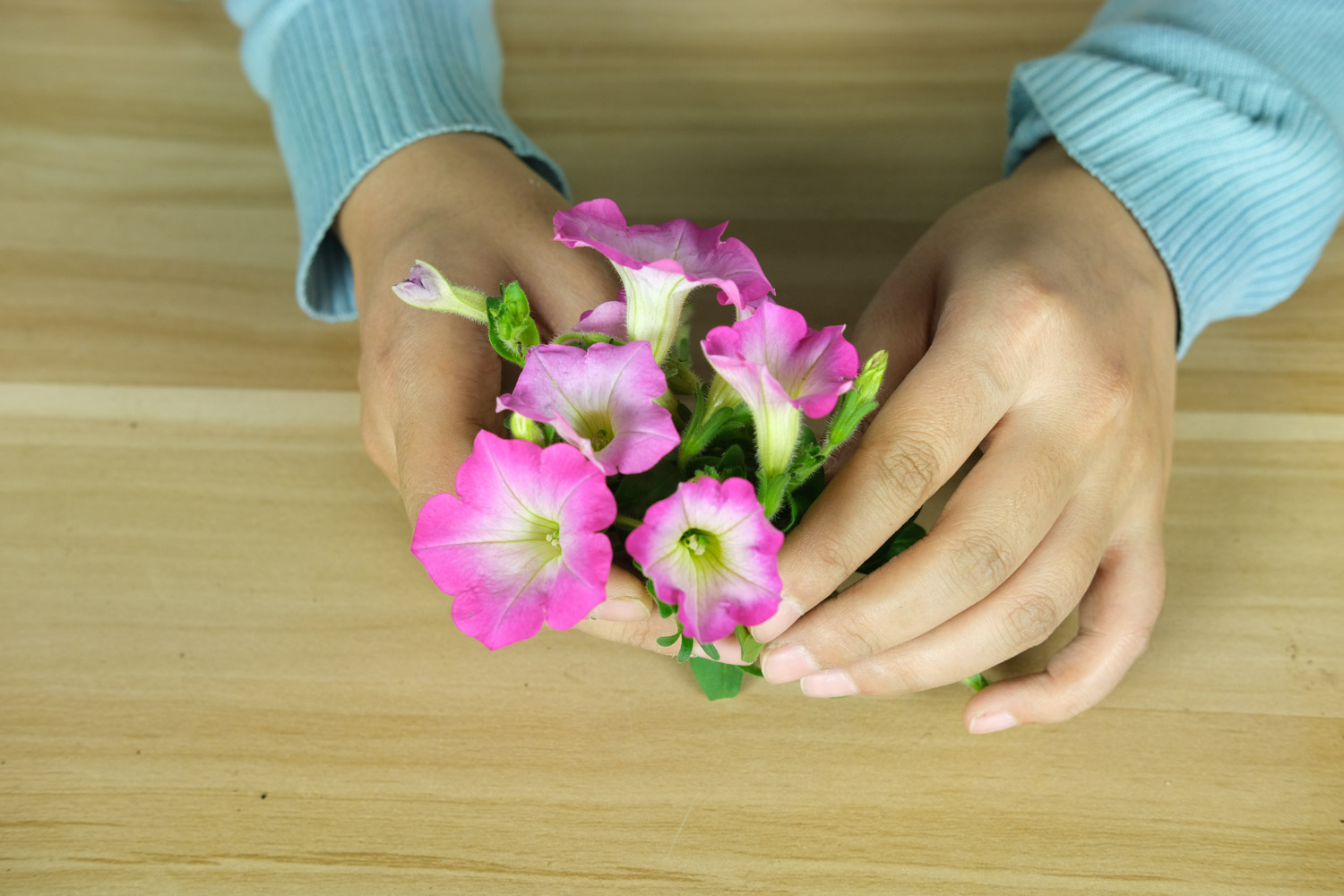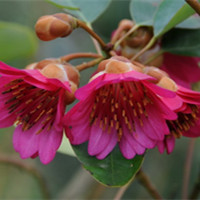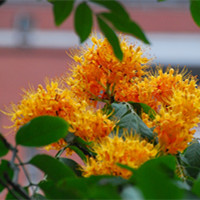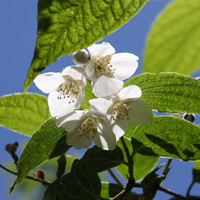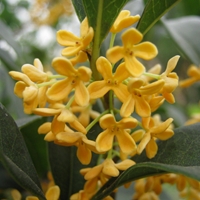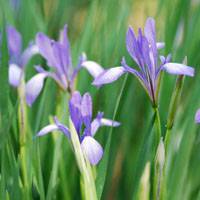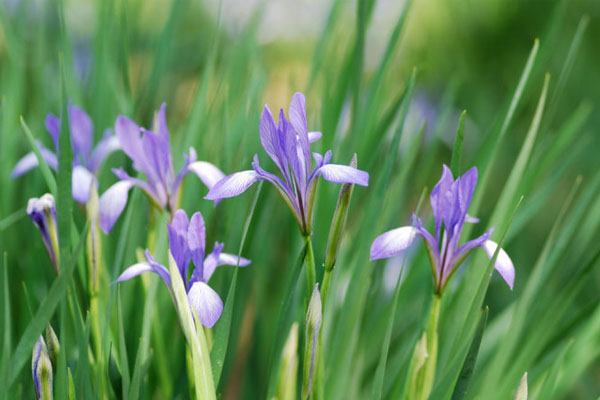
Another name for iris
Iris, also known as malain, Malan, Malan Flower, Hanpu, Lishi, litchi grass, dramatic grass, boar head, Sanjian and horse leek. It is a perennial herb and perennial root plant of iris in Iridaceae
Function and value of iris
It is resistant to salt and alkali, trample and has developed root system. It grows along the roadside of wasteland, hillside grass and saline alkali meadow. It can be used for water and soil conservation, transformation of saline alkali land and industrial wasteland, ground cover, edging or solitary planting of landscaping, etc
The whole plant can be used as medicine and has the functions of clearing heat, hemostasis and detoxification
Leaves can be used as Bangzha and straw woven materials, which are widely distributed in grassland areas
Flower language and legend of iris
The flower language of iris is: eternal lover, Messenger of love
The iris is commonly known as Ma Lianhua or Ma Lanhua, also known as Zhu Yingtai flower. According to legend, the iris is a flower changed by Zhu Yingtai, which can not stay with Liang Shanbo. It looks like a butterfly and is a messenger of love. The existence of the iris is full of legend and tragedy
So far, Greeks often plant this flower in cemeteries, that is, they hope that the soul after people die can entrust Alice to take it back to heaven
Morphological characteristics of iris
Iris is a dense perennial herb
The rhizome is thick, woody, obliquely extended, surrounded by a large number of dense red purple broken old leaves, residual leaf sheaths and hairy fibers; Fibrous roots are thick and long, yellowish white, with few branches. Leaves basal, tough, grayish green, strip-shaped or narrow sword shaped, about 50 cm long and 4-6 mm wide, apex acuminate, base sheath shaped, reddish purple, no obvious midvein
Flower stems smooth, 3-10 cm tall; Bracts 3-5, herbaceous, green, white edge, lanceolate, 4.5-10 cm long, 0.8-1.6 cm wide, apex acuminate or long acuminate, containing 2-4 flowers; Flowers blue, 5-6 cm in diam; Pedicel 4-7 cm long; Perianth tube very short, ca. 3 mm long, outer perianth lobes oblanceolate, 4.5-6.5 cm long, 0.8-1.2 cm wide, apex obtuse or acute, claw cuneate, inner perianth lobes narrowly oblanceolate, 4.2-4.5 cm long, 5-7 mm wide, claw narrowly cuneate; Stamens 2.5-3.2 cm long, anthers yellow, filaments white; Ovary fusiform, 3-4.5 cm long
The capsule is long elliptic columnar, 4-6 cm long, 1-1.4 cm in diameter, with 6 obvious ribs and a short beak at the top; The seeds are irregular polyhedron, brown and slightly shiny. The flowering period is from May to June and the fruiting period is from June to September
Living habits of iris
Iris is not strict with the soil. As long as it has a certain soil layer, it can grow normally on various types of soil. It can withstand the extreme low temperature of - 30 ℃ and the high temperature of 40 ℃. It can survive the winter and summer normally in the north
Its roots and leaves have drought resistant structure. Generally, it can grow normally, blossom and seed only by watering 2 ~ 3 times a year
Extremely tolerant to salt and alkali, seeds can germinate normally under the condition of salt content of 0.4%, and plants can grow and develop normally under salt content of 0.5% and pH value of 8.8
It has strong resistance to diseases, insects and rodents. Generally, the seeds or vegetation of iris never suffer from diseases, pests and rodents, and rarely suffer disasters when planted with other vegetation. However, under the conditions of drought, high temperature, barren and harsh environment, the growth of the aboveground part of iris will be reduced, and the root system will be more developed to ensure its normal survival in the adverse environment
Origin and distribution of iris
Iris is native to Heilongjiang, Jilin, Liaoning, Inner Mongolia, Hebei, Shanxi, Shandong, Henan, Anhui, Jiangsu, Zhejiang, Hubei, Hunan, Shaanxi, Gansu, Ningxia, Qinghai, Xinjiang, Sichuan and Tibet
It grows on wasteland, roadside and hillside grassland, especially on over grazing saline alkali grassland. It is also produced in North Korea, the former Soviet Union and India
Iris has a wide natural distribution, developed roots, strong resistance and adaptability, and salt and alkali resistance. These characteristics determine that it is very suitable for soil and water conservation and greening transformation of saline alkali land in dry climate and sandy soil areas in northern China
Picture appreciation of iris
